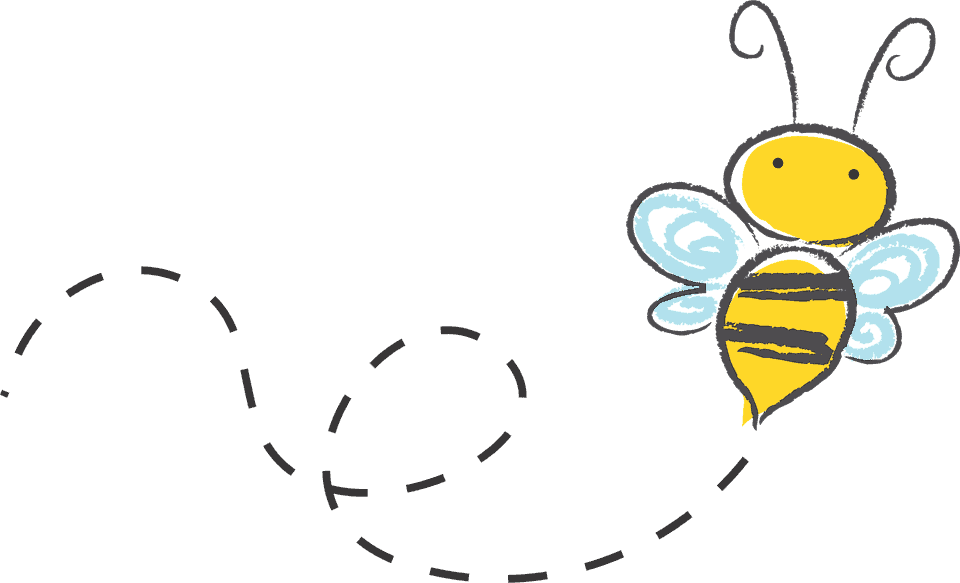The world’s first bee-protecting vaccine raises new hope of saving these vital pollinators and preventing a global food crisis.

Finnish researchers want to push back against colony collapse disorder (CCD) by giving our buzzing friends tiny little vaccines. The Helsinki University team hopes their work will help tackle the dramatic decline bees have seen in the last few years. Even if only a few percent of their overall population is kept alive by the vaccine, the team will have “saved the world a little bit,” they say.
Vacbeens
“If we can save even a small part of the bee population with this invention, I think we have done our good deed and saved the world a little bit,” said lead researcher Dalial Freitak for AFP.
“Even a two-to-three percent increase in the bee population would be humongous.”
Bees are, quite simply, the unsung heroes of farms everywhere. Our agriculture heavily relies on the work these animals provide for free — bees are directly involved in the pollination of three-quarters of the world. However, we don’t take particularly good care of them. In recent years, bee populations everywhere have been dying off from “colony collapse disorder“. This disorder is poorly understood and seems to be the work of mites, pesticides, virus, fungus, or some combination of these factors — however, no explanation has managed to impose itself thus far.
What we do know about CCD is that it is extremely deadly to bees as a species. Worker bees in a CCD-stricken hive will simply up and leave, abandoning the queen, the honey, the eggs, and a few nurse bees. The disorder is known to affect both feral and kept bees and is particularly troubling for the fact that those abandoned honey stashes are usually not robbed by other bees for a long time.
But the problem is best viewed in context. While the bees themselves are a key pollinating species, they’re not the only one — but all pollinators are struggling to cope with us. A UN-led 2016 study found that over 40% of invertebrate pollinators, particularly bees and butterflies, are facing extinction (with CCD as a leading cause). The study also found that 16.5% of vertebrate pollinators, such as birds and bats, are under threat. Diseases just one of a number of reasons for the loss of pollinators. Pesticide use and intensive farming, which reduces the diversity of insects’ nutrition, are also weakening pollinators
We rely on these species to put food on our table. That’s why the team decided to try and heal the bees.
Their vaccine works pretty much like human ones: it gives bees resistance to severe microbial diseases that can be fatal for whole communities. Where it differs is in how it’s administered: insects don’t really produce antibodies like we do (and on which human-use vaccines rely).
However, previous research by lead researcher Dalial Freitak found that feeding certain bacteria to moths will allow them to pass immunity to their offspring. They could quite literally eat their way to resistance against disease. However, the underlying mechanism was unclear, and Freitak worked with co-author Heli Salmela to get to the bottom of it.
“I met with Heli Salmela, who was working on honey bees and a protein called vitellogenin. I heard her talk and I was like, ‘OK, I could make a bet that it is your protein that takes my signal from one generation to another’.”
The two collaborated and developed a vaccine against American foulbrood, a vicious bee bacterial disease spread around the globe. The treatment is administered to the queen bee via a sugar lump. The queen then passes the immunity to her offspring, spreading it through the bee community.
The team is also working on making these vaccines commercially available. While feedback has been “very positive”, Freitak admits that the process is very slow and cites four to five years to market as “an optimistic estimate”.
Hopefully, their efforts will bear fruit. If they do manage to get this vaccine out in meaningful numbers, the team is confident that protection against disease will make pollinator species stronger, and therefore better able to withstand other threats.


